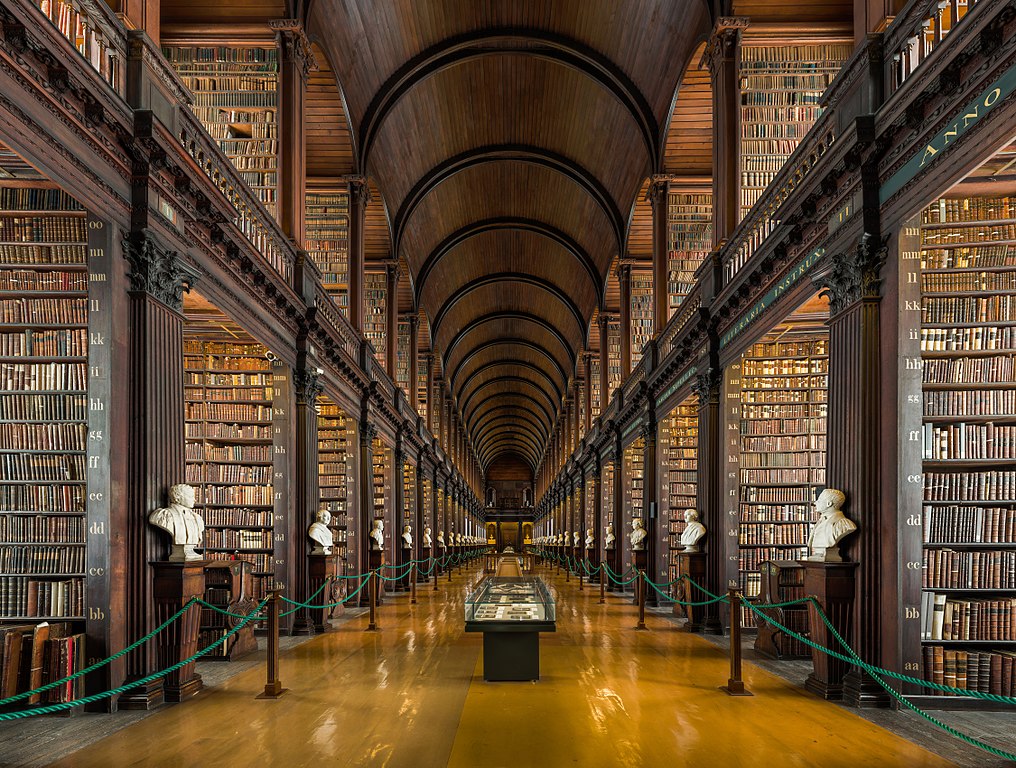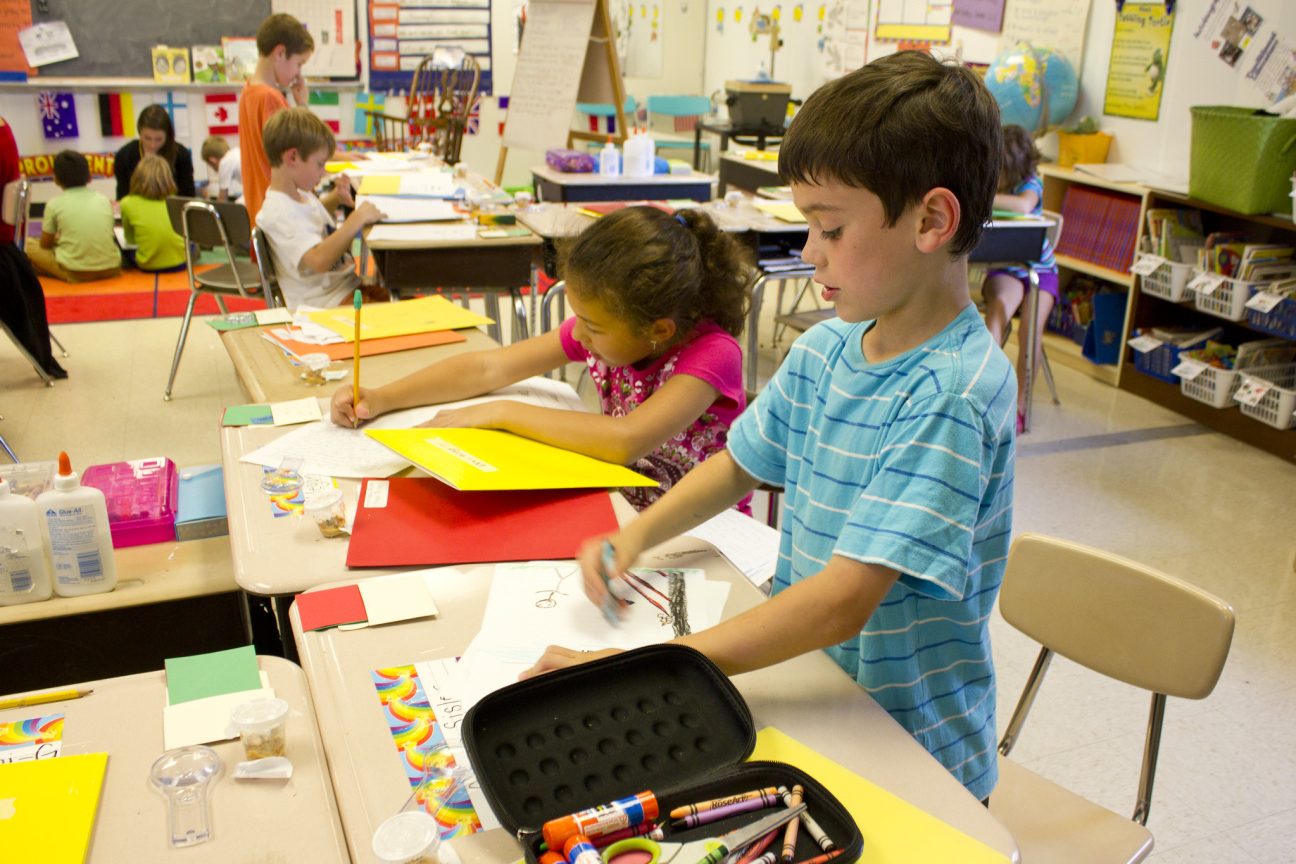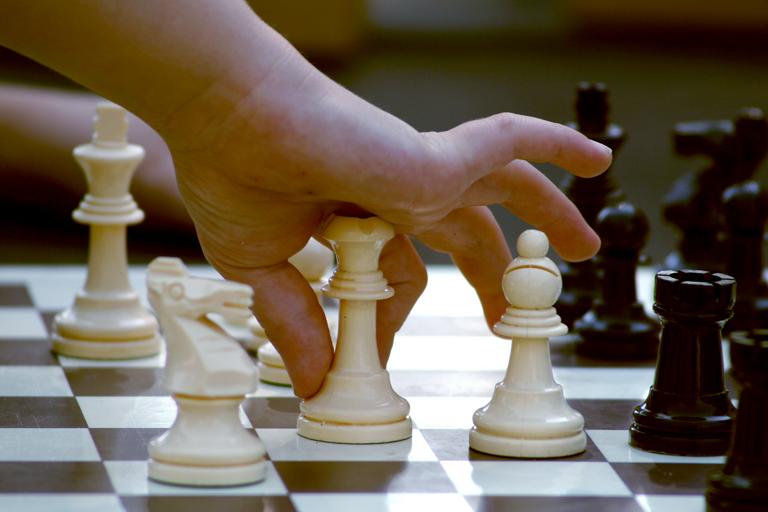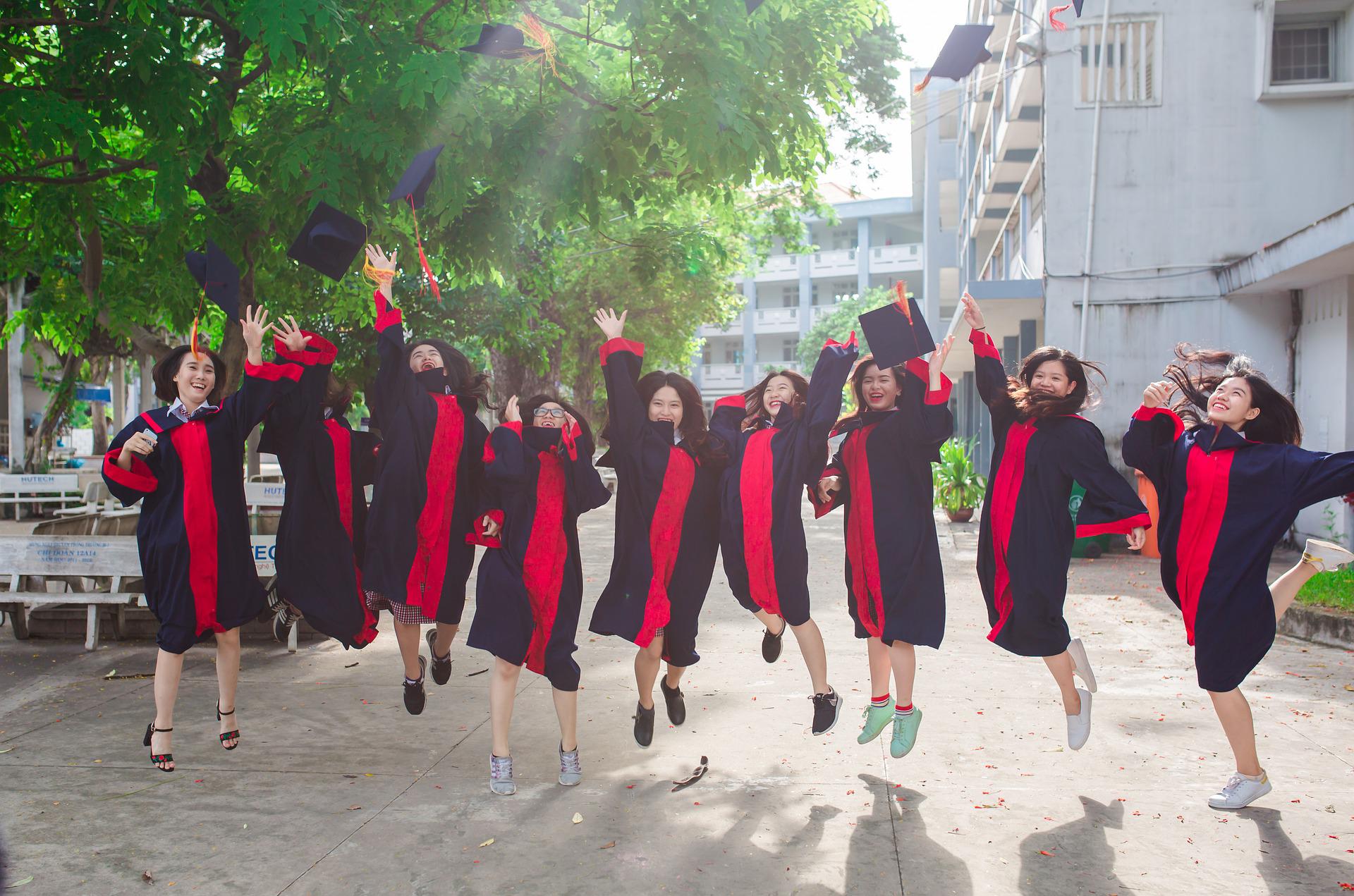Learning how to learn
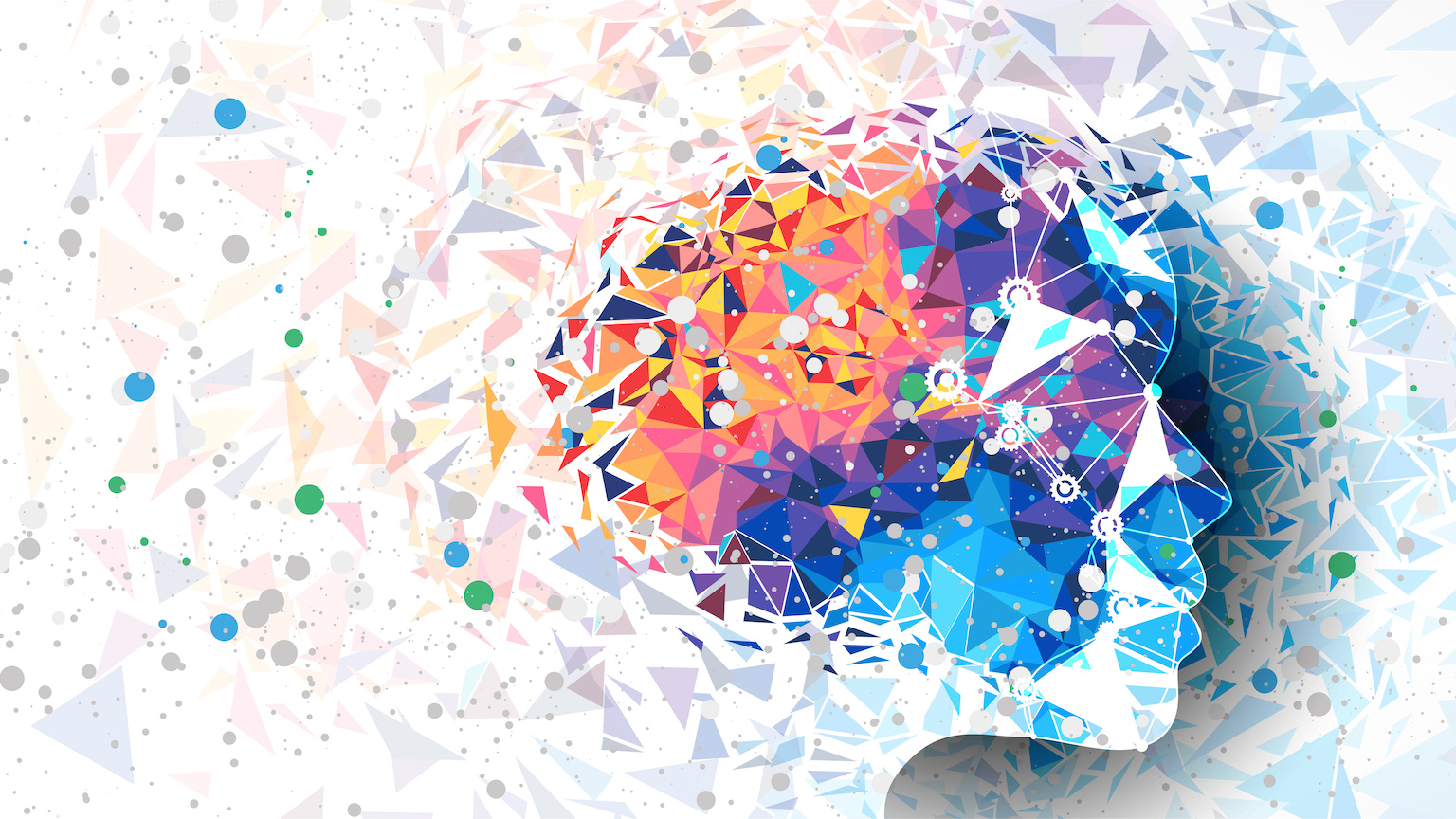
- We are evolutionarily and biologically primed to learn. All living things must adapt to their environment and develop competencies unique to their species.
- The education system employs a different kind of learning. It is secondary and used in an alien and remote environment: the school.
- Learning how to learn involves bridging the gap between this “secondary learning” and our “primary learning.”
We are all born a sponge. From our first screaming, sleeping, eating, and messy first moments, we’re taking everything in. We learn to recognize our parents’ faces. We learn to communicate by listening to phonemes and observing body cues. We learn to play and interact with objects, deciphering their odd mysteries. We watch how our peers behave and form a model about what we should say, do, and wear. For so much of our life, we are genetically wired to simply learn, without any real effort.
It is an evolutionary necessity for a living thing to “learn,” in some sense of the word. Every animal that ever existed must adapt to its environment in some way and develop an increased competence at doing so. But what about learning in a classroom? What about the knowledge and skills we gain from our schools, textbooks, and teachers? After all, there’s no biological or evolutionary imperative for formal education. In short, how do we learn to learn?
Second-hand knowledge
In his pedagogically famous article from 2008, cognitive psychologist David Geary explores just this question. Geary talks first of our “primary skills,” which are our biologically primed abilities to function as human beings — things like listening, speaking, imitating, facial recognition, generic problem solving, and so on. These can be thought of as “toddler-level” learning.
But we also develop what he calls “folk psychology, folk biology, and folk physics.” These are the basic heuristics we use to make sense of the world. We have a sense of what other people are thinking with folk psychology. With folk biology, we classify and categorize the natural world by its “essence.” We establish basic laws of physics like gravity with folk physics. We do a lot of science before we even know what “science” means.
Then, we are given a formal education. Schools are where we learn to be functioning, productive, completely normal members of society. It is where we develop the skills and knowledge our culture deems necessary to become an adult. Suddenly we are told to learn not from our own natural abilities and experience, but second-hand, with lessons and from books.
This “biologically secondary” learning requires great effort and directed, concerted attention. Not only this, but this learning now takes place in an alien and abstract location: the school. All learning before that had been while interacting with our society and caregivers. Now, it’s what psychologists André Tricot & John Sweller called “domain-specific.”
Curiouser and incuriouser
In the years growing up before school, a child is designed to learn in a practical and social environment. They do so with a curiosity that’s both endearing and amazing. But, the natural curiosity of the child will only get them so far. Many people still have the slightly romantic image of the “child as a natural learner,” which dates back at least to the 18th century philosopher Jean-Jacques Rousseau. We see children exploring, questioning, investigating, and experimenting, and we think, “They’ll be great at school.” But often, they are not — at least not in the same degree or way.
The problem is that schools are artificial places teaching artificial things. As Geary writes, when we teach “a variety of novel evolutionary academic domains (e.g. mathematics) and abilities (e.g. phonetic decoding as related to reading) we cannot assume an inherent curiosity or motivation to learn will be sufficient.” Running in the garden watching butterflies or asking your dad what clouds are made of is a different category altogether to the “biologically secondary” learning of a school. Not only does school learning take place in a unique environment but we use our brains differently, too. The learning that happens in schools utilizes different neurological pathways; for instance, it relies much more heavily on our working memory systems.
Making learning natural
The solution to this is to bridge the gap between our primary and secondary learning environments. We should try to make learning as evolutionarily natural or familiar as we can. We can only do this in two ways: we either make the primary more secondary, or we make the secondary more primary.
For the former, a child (or any learner for that matter) must unlearn or at least inhibit those “folk” knowledge tendencies that we all have. As the subjects we learn become more abstracted from our everyday world encounters, there emerges a conflict between our “folk systems” and “secondary learning.” In practical terms, this means we have to learn to ignore the primary knowledge part of our minds. We have to focus on the new educational task at hand. As Geary writes, “Educational research supports the importance of inhibitory control for school-based learning.” We must drill ourselves to improve “attentional focus and an ability to inhibit irrelevant information from entering working memory.” In short, we must learn to pay attention and not let our mind wander down its natural, primary learning path.
For the latter, we must try to make secondary learning as relevant to primary as we can. In other words, the early stages of an abstract learning task (like decoding letters) should relate to the learner’s practical, day-to-day, knowledge. An example Geary gives is reading. A child who reads a picture book with their parent is combining the primary learning of pictorial representation (e.g., a dog) and the secondary learning of written words and sentence structure (e.g., when the parent reads, “The dog is helping on the farm.”). It might be obvious, but if a new learning task, skill, or bit of knowledge is made relatable, it is much easier to learn.
Learning how to learn
We sometimes forget how “unnatural” secondary learning is. There is no biological or evolutionary imperative to do mathematics, to read and write, to draw schematics, to chart the stars, or to use musical notation. To do so, we will sometimes co-opt and repurpose existing neurological systems (such as with writing). At other times, we must invent new pathways and develop new skills altogether. The ability to write, read, and therefore learn from people centuries ago and thousands of miles away has no doubt transformed the world. But, we often fail to appreciate how different this kind of learning is to our natural starting position.
The problem is that most of us simply don’t remember learning how to learn. It often occurred right in the middle of that peculiar childhood haze, before our long-term memories were laid down. As such, we assume that everyone should and is able to learn just like us. But we forget the long, hard, and tearful hours we had to adapt to education. And if you have ever tried to learn a new skill, such as coding or animation, it might even be that you need to learn to learn all over again.
Jonny Thomson teaches philosophy in Oxford. He runs a popular Instagram account called Mini Philosophy (@philosophyminis). His first book is Mini Philosophy: A Small Book of Big Ideas.
